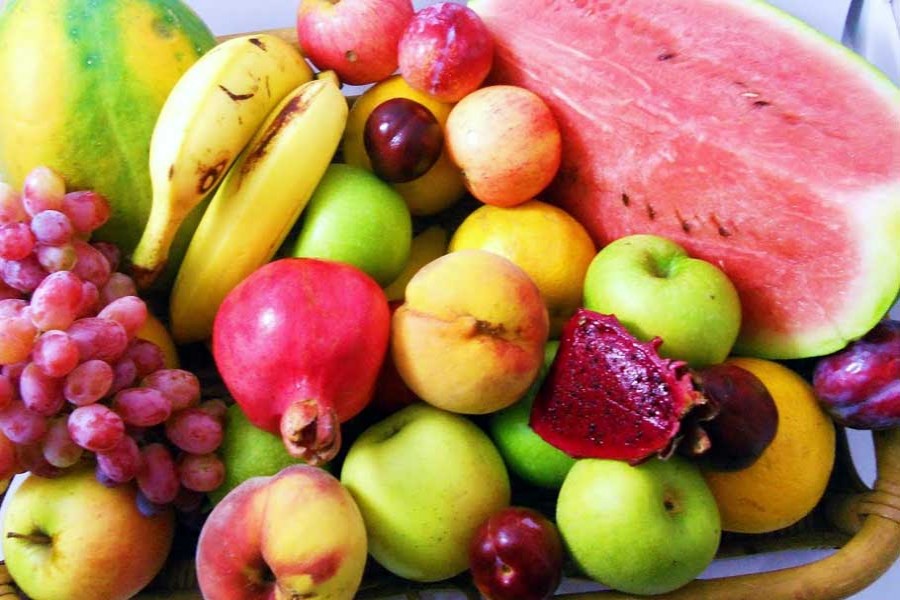The country has been declared nearly self-sufficient in animal protein. It boils down to the fact that people now eat enough fish and meat to meet their protein needs. The production of milk and eggs has also gone up noticeably. A large quantity of animal protein comes from poultry, fishes and dairy products.
In the case of present Bangladesh, many protein sources have foreign links. The local species, especially of fishes, are either unable to produce enough protein or many native species have become extinct. A number of native fishes are on the verge of extinction. The same applies to crops, paddy in the main. In place of nearly 10 thousand types of rice in ancient Bangladesh, only one thousand survives today. The rest have disappeared. Sixty types of paddy of the total volume produced in the country since early times can now be cultivated. Many require special efforts.
Bangladesh now largely depends on over a dozen types of commonly farmed rice. These are part of the 100 varieties, which have been invented by rice researchers in the last four decades. Most of the rice varieties now being grown in the country are laboratory products. Many others have been invented by intrepid farmers. To the expectation of the agro-scientists, all these paddy types are high-yield and tolerant to scores of adversities. The people in general have become used to consuming these rice varieties like the foreign-sourced fish and meat.
The plant world does not lag much behind when it comes to the production of fruit-bearing trees coming from foreign lands. Like any other tropical country, Bangladesh has been a rich source of juicy fruits. mango, jackfruit, blueberry, pineapple, etc., dominate the scene. Thanks to the large-scale cross-breeding, hybrid fruits have long been enjoying a comfortable market in the country. Sour-sweet and fibrous mangoes, native to the country since ancient times, have long vanished. Their place has been taken by the cross-breed mangoes with origins in mostly southern India. Except the 'Fazli' and 'Lengra' varieties, wide availability of fully sweet mangoes was a rare scene in Bangladesh four to five decades ago. To today's generations, cumbersomely fibrous mangoes might seem an alien fruit as do the hard and grainy guavas - available in the country not long ago. Amid the mass farming of the Southeast Asian sweet and fleshy guavas, the seedy and wild Bengal guavas have been turning rarer. The same goes with papaya, which is originally a South and Central American, and Caribbean fruit. Bangladesh also has been producing its own type since ancient times. But in the recent days, the large-size and aromatic and honey-sweet foreign papayas have veritably outshone the Bangla papayas. The tale is similar with pomegranates, watermelons, jujubes (Boroi), bananas, etc.
To the delight of ardent fruit-lovers, the country's soil has proven its suitability for a lot of European and North American fruits. A number of these fruits are produced commercially and enjoy a widening market in the country. This very view coupled with the slow invasion of the fruit sector by those from overseas lands makes many elderly people nostalgic. They can hardly forget their childhood, rich with adventure-filled expeditions for fruits grown in the wild. Yet the entry of alien fruits is prompted by the dictates of time. It's inevitable like that seen with the hybrid sources of animal protein. The pertinent question of sufficiently meeting the nutritional requirements of the consumers may arise here. It is the task of the nutritionists to elaborate on it. Bringing back the extinct native fruits, at least the popular and tasty ones, also deserves serious consideration.


